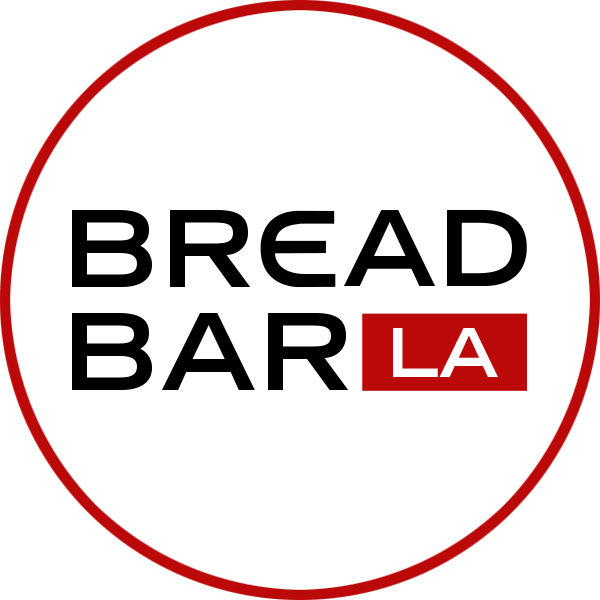Recently, we featured all our Pullman loaves in one issue of our newsletter as a way to highlight this classic style of bread. A staple of American bread for over a century, the Pullman loaf is just one example of the many various bread-making traditions that feed into the BREADBAR lineup of loaves, rolls, and pastries. And while there’s so much more to these traditions than can be covered in a single blog post, we’re hoping this post offers you a better understanding of what we’re baking fresh every day.
Overall, the many shapes bread comes in around the world are all markers of a place’s food culture. From the climate and the crops that can be harvested in one place to the technologies available to how people eat, so many different factors have influenced whether some bread is flat or voluminous, whether it’s elongated or round, whether it’s crusty or soft, and more.
Starting with the Pullman loaves, they take their name from the Pullman Company which operated trains across the country in the mid to late 19th century and early 20th century. Having introduced new luxurious dining cars in 1868, the Pullman company needed a space-efficient loaf for use in the compact railcar kitchens. They found these long, square-shaped loaves to be a solution to their problem. Since then, not only has the Pullman name stuck to this loaf shape, but Pullman loaves have become an American icon as the quintessential sandwich bread.
Arguably just as recognizable as the Pullman loaf is the baguette coming from the French tradition — arguably the most dominant bread-making tradition in the world. Though the particular name of “baguette” wasn’t given to this long, rather thin loaf of bread until seemingly the early 20th century, the tradition of making baguette-like bread in France goes much further back into the early 19th century with early versions of modern baguettes, and even further into history with the general practice of making long loaves.
Almost in stark contrast to the baguette is the boule or round loaf — another classic French shape for bread. In fact, the boule preceded the baguette’s 20th century rise, having long been the standard bread shape for French bakers before regulations altered their practices. The boule has such a long history in France as the primary loaf shape, that the French words for baker and bakery.
Then we have the batard which takes its name from the French word for bastard since it was a bastardization of more traditional French loaf shapes. Halfway between the baguette and a round loaf, this oblong loaf was another invention from over a century ago. However, even if a batard doesn’t qualify at these older shapes, this doesn’t mean it’s any less delicious!
Lastly, we of course also have a variety of buns and rolls, each with their own histories and coming from more bread-making traditions like the Italian tradition. On the other hand, some breads, like our brioche buns, are governed much more by their unique doughs than their shapes. (That, however, can be a topic for another day!)
Furthermore, for almost 20 years, the entire BREADBAR team has been hard at work bringing all these bread-making traditions to Los Angeles, helping a new, artisanal American bread-making tradition to develop in the process.
To stay up to date with all the BREADBAR news and promos , sign up for our weekly newsletter.
#ARTISAN #BREADBAR #BRIOCHE #FRESHBREAD


0 comments